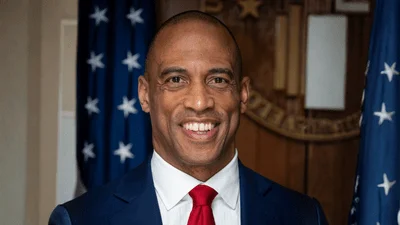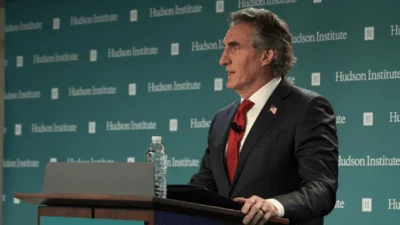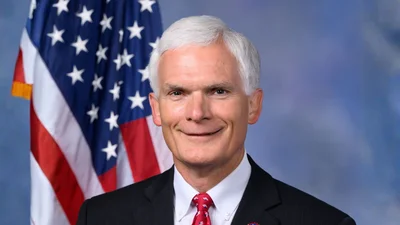The Treasury Borrowing Advisory Committee (TBAC) has reported to the Secretary of the Treasury on recent developments in financial markets and provided recommendations regarding U.S. debt management.
According to the committee, market conditions have stabilized following volatility earlier in April. The S&P 500 index rebounded from losses and is now up more than 8% since the beginning of the year, helped by progress on trade agreements. Treasury yields have remained steady, with ten-year notes around 4.4% and two-year notes averaging about 3.9%. The U.S. dollar, after a sharp depreciation in early April, has continued to weaken at a slower pace and is down approximately 8% for the year.
Liquidity remains ample in U.S. funding markets, as indicated by stable repo rates and orderly market functioning. However, some TBAC members noted that a rapid increase in bill issuance combined with lower levels for reverse repurchase agreements (RRP) could create funding stress as the fiscal year ends.
Deficits are projected to exceed $2 trillion by fiscal year 2027. The One Big Beautiful Bill Act (OBBBA), which raised the statutory debt limit by $5 trillion, did not significantly affect Treasury yields, suggesting its deficit implications were already anticipated by markets. Fiscal projections now factor in increased revenue from higher tariff collections.
Treasury auction demand remains strong, with bid-to-cover ratios within normal ranges. Market participants are closely watching for any guidance from Treasury on potential increases in coupon auction sizes.
The spread between yields on Treasuries and SOFR swaps—a measure used to assess supply-demand balance—has widened over recent years but has been stable since the last TBAC meeting.
A notable legislative development is the signing of the GENIUS Act on July 18th, which establishes rules for issuing stablecoins backed one-to-one by reserves such as cash or short-term Treasuries (https://home.treasury.gov/system/files/221/TBACCharge2Q22025.pdf). The committee discussed how increased stablecoin issuance could boost demand for short-maturity Treasury securities but cautioned that this might be offset if traditional investors shift their allocations accordingly.
There is uncertainty about how new tariffs will affect consumer prices; while some goods have seen larger price increases through June data, it remains unclear whether these costs will be passed along fully or absorbed elsewhere in supply chains.
Following policy rate cuts totaling one percentage point in late 2024, the Federal Open Market Committee paused further reductions to monitor inflation risks related to tariffs. Chair Powell indicated that summer data would inform future decisions about resuming rate cuts. Current interest rate markets anticipate modest additional cuts this year and next.
Primary dealers’ deficit estimates remain largely unchanged through FY2027 but carry significant uncertainty due to ongoing tariff negotiations and possible changes stemming from immigration policy adjustments.
The committee also reviewed enhancements to Treasury’s buyback program—a mechanism designed primarily for liquidity support rather than altering debt maturity profiles—and found capacity exists to potentially double its size without materially impacting weighted average maturity (WAM). Members debated whether sector-specific or uniform increases across maturities would best avoid perceptions of active WAM management but agreed clear communication was critical.
Operational improvements discussed included expanding eligible counterparties and adopting yield spread execution methods for buybacks—changes expected to enhance program effectiveness based on feedback from primary dealers.
Given rising term premiums since previous analyses (https://home.treasury.gov/system/files/221/CombinedChargesforArchivesQ32023.pdf), TBAC suggested updating optimal debt structure studies may be beneficial amid shifting investor demand toward shorter maturities relative to longer ones.
For upcoming issuance plans, TBAC recommended maintaining current nominal coupon sizes while increasing five-year TIPS offerings by $1 billion starting October 2025. Future adjustments will depend on evolving fiscal conditions given ongoing uncertainties around receipts and expenditures.
“The Committee felt strongly that independence of the FOMC remains of paramount importance to a healthy and well-functioning Treasury market with widespread investor demand.”
Respectfully,
Deirdre K. Dunn
Chair, Treasury Borrowing Advisory Committee
Mohit Mittal
Vice Chair, Treasury Borrowing Advisory Committee





